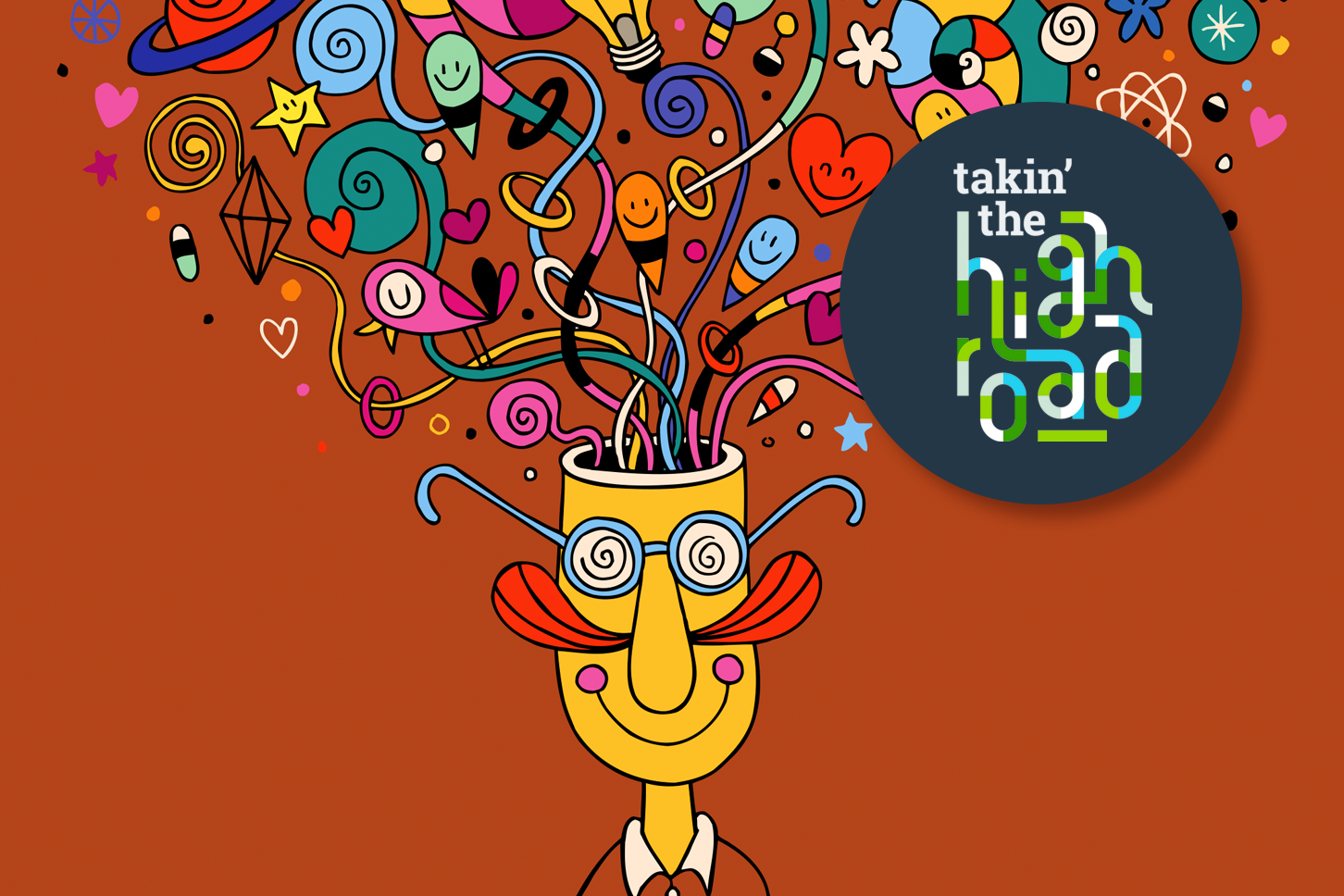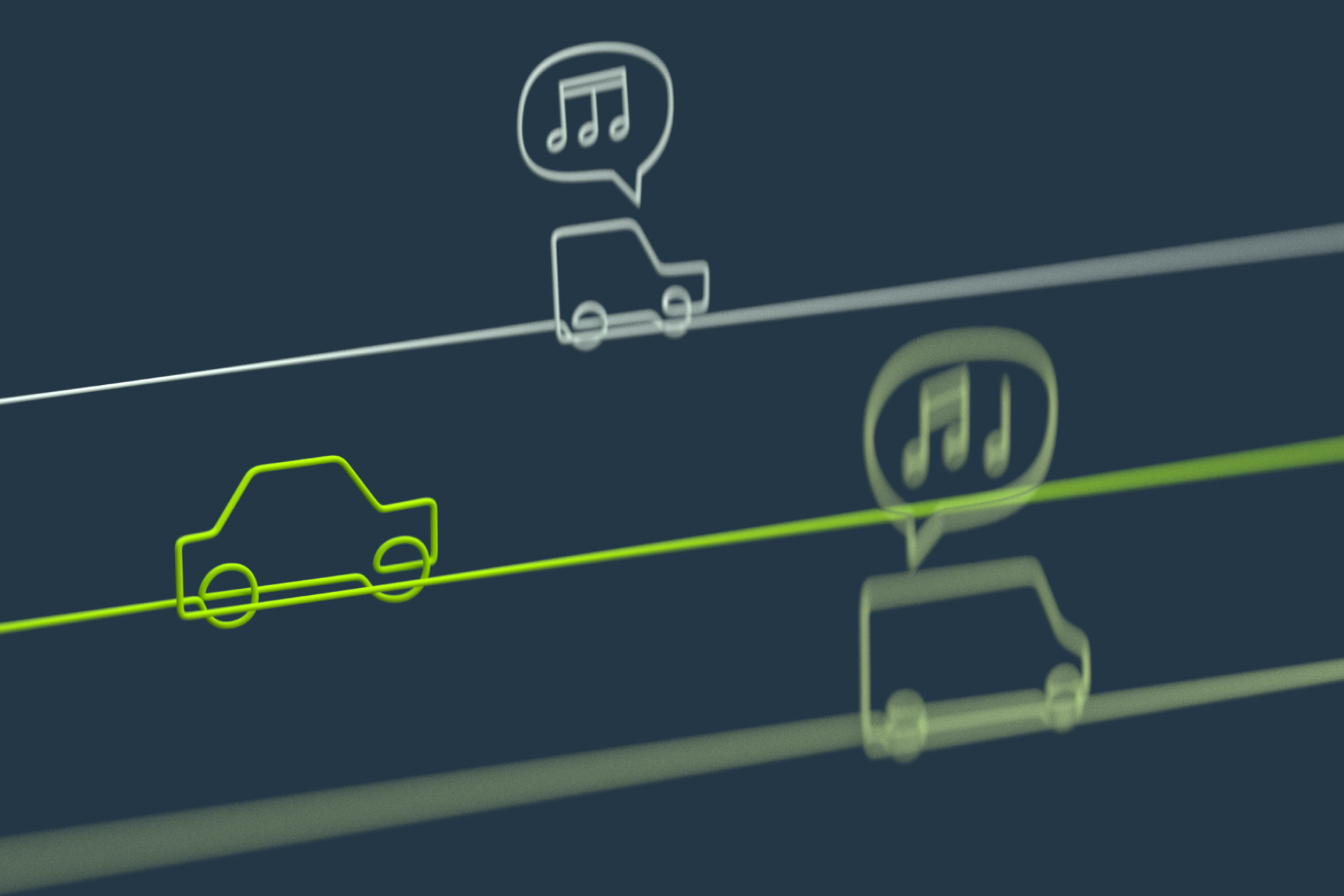Beat those wintertime blues and make smooth moves on the road
December 16, 2021
“How is it morning already? It’s still dark outside!”
Without sufficient sunlight to help distinguish between day and night, the concept of morning results in staying snuggled in bed, struggling to wake up. A lack of motivation may leave you feeling down around this time of year. But guess what? You’re not alone.
According to the
American Psychiatric Association, nearly five percent of adults in the U.S. experience those wintertime blues or seasonal affective disorder (SAD). It typically lasts about 40 percent of the year.To lighten the mood, we’ll dive into a few tricks for boosting your mood (quickly) in wintertime and show you how mood is
everything when you’re behind the wheel.Where do those wintertime blues come from?
For the five percent of adults in the U.S. who get the wintertime blues, the question remains, “why do I feel like this 40 percent of the year?”
Although science hasn’t definitively nailed down what causes SAD or wintertime blues, the Mayo Clinic has some insight into its influential factors.
Your biological clock (circadian rhythm). “The reduced level of sunlight in fall and winter may cause winter-onset SAD. This decrease in sunlight may disrupt your body’s internal clock and lead to feelings of depression.”
Serotonin levels. “A drop in serotonin, a brain chemical (neurotransmitter) that affects mood, might play a role in SAD. Reduced sunlight can cause a drop in serotonin that may trigger depression.”
Melatonin levels. “The change in season can disrupt the balance of the body’s level of melatonin, which plays a role in sleep patterns and mood.”
It’s also interesting to note that, according to Harvard Health, people who live in the northern states, where there’s noticeably less light in fall and winter, are more vulnerable to wintertime blues than those who live in the south (hello, Florida!).
With this new knowledge on where wintertime blues come from, let’s talk about how it may affect your driving.
How your mood translates behind the wheel
We know that the right kind of playlist can lead to more focus on the road, but what does your mood say about your driving?
Let’s set the mood. If you’re feeling those wintertime blues, you’re tired, stressed and probably, feeling sad. But, unfortunately, according to science, those emotions affect your decisions on the road.
An NIH study found that sadness, stress and tiredness play a significant role in your driving behavior. Here’s a closer look.
Stress. In driving tests performed during the study, stressed drivers surpassed speed limits, overtook other vehicles on the road and didn’t stop at crosswalks. It’s important to note that stress is strongly related to aggressive driving.
Sadness. Drivers who suffer from sadness on the road are more frequently involved in accidents because they often think about their problems, leaving a lack of focus on paying attention to the road.
Tiredness. With changes in daylight, sleep can be difficult during the winter. In addition, fatigue can lead to more stress and increase a driver’s acceleration and braking on the road, leading to more evasive and erratic driving.
But let’s flip the script. How do positive emotions affect your decisions on the road? First, there’s a balance to all things. For example, an Elsevier study found that strong emotions (whether positive or negative) influence driving behavior in two ways: directly and indirectly. Directly, those emotions can lead to aggressive driving. Indirectly, strong emotions can alter your attention and leave you distracted on the road.
In another study, researchers asked the question, “what kind of emotion would be ideal to optimally perform primary and secondary driving tasks?” Here is what they found. Research and experience demonstrate that being in a good, positive mood is the best precondition for safe driving. Not to mention, happy drivers produce fewer accidents.
“Happy drivers are better drivers.”
So now that we know a happy mood leads to smooth moves on the road, how do you get there? Let’s tap into some natural ways to boost your mood.
Natural ways to boost your mood while driving
SAD and those wintertime blues aren’t something to ignore, and at HiRoad, we want you at your happiest—on and off the road. So here are some ways you can encourage happiness before and while you’re behind the wheel.
On the road
There are situations on the road (thank you, traffic) that dampen the mood. To combat those bad vibes, think about changing your listening habits. A change in entertainment can boost your mood and get you to a flow state of mind.
Loneliness and isolation tend to make the wintertime blues worse. A tip from Verywell Mind is to call on your support system. If you have five minutes to spare on your way to the grocery store, park for a bit and spend that time talking to a loved one using a hands-free option (through your car console or phone cradle). Finding a way to spend time with supportive people is key to boosting your mood—even if it’s on the phone.
Our last tip to encourage happiness on the road is to take a deep breath and change your mindset if you can. When stressed or sad, taking a deep cleansing breath can help ease some of the tension you’re getting from the road.
At home
Start with your plate (this applies for on the road, too). Eating nutrient-dense foods can be a great natural way to boost your mood. Healthline recommends these mood booster foods:
Berries
Lean proteins
Leafy greens
Dark chocolate
Bananas
Dark chocolate and bananas? We’re all in for this pairing.
Another way to improve your mood naturally is to get into a sleep routine. By itself, sleep is a huge component of mood. Like kids, having a sleep routine can keep your circadian rhythm in check, minimizing tiredness in the morning.
To wrap it up—get outside and find sunshine. According to Everyday Health, take advantage of the amount of sunlight there is in a day by going outside. Too cold outside? Bundle up and walk around the block around noon, when the sun is at its brightest.
When you’re indoors, keep your blinds open to let in as much natural light as you can. And for those who work-from-home, choose a workspace near a source of natural light, if possible.
Don’t let those wintertime blues get you down. Now that you know where they come from, how they affect your driving and what you can do to boost your mood before and while you hit the road—you’re set for success.
At HiRoad, we recognize your moments of positivity on the road and work to reward you for them by saving up to 50%*—every month on your car insurance. And if that doesn’t make you happy, we don’t know what will.
The information in this article was obtained from various sources not associated with HiRoad®. While we believe it to be reliable and accurate, we do not warrant the accuracy or reliability of the information. HiRoad is not responsible for, and does not endorse or approve, either implicitly or explicitly, the content of any third party sites that might be hyperlinked from this page. The information is not intended to replace manuals, instructions or information provided by a manufacturer or the advice of a qualified professional, or to affect coverage under any applicable insurance policy. These suggestions are not a complete list of every loss control measure. HiRoad makes no guarantees of results from use of this information.
*The discount applies to the variable portion of your premium. A fixed expense is added to that to determine your final premium.
Stay on the path
Get HiRoad in your inbox
Share your email to get the latest about out community of mindful drivers.



